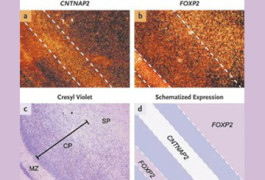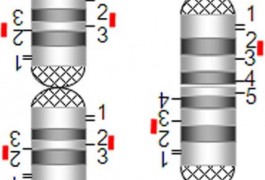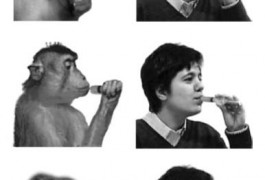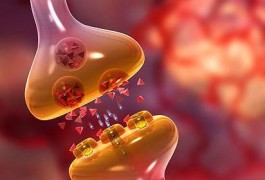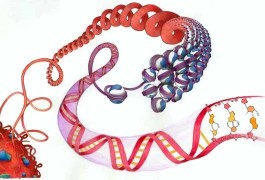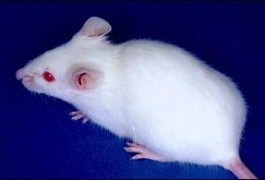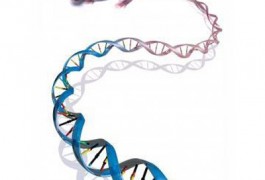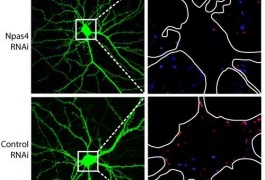Autism gene linked to language deficits
Variants in contactin-associated protein-like 2 or CNTNAP2 ― a gene thought to be involved in nerve cell communication ― are associated with language deficits in families affected by specific language impairment (SLI), a developmental disorder that affects roughly seven percent of kindergarten-age children, according to a study published in late November.
